You step into your world history class, but instead of using the old torn textbooks, your teacher pulls out an oddly shaped white helmet, reminiscent of a pair of clunky goggles. As you slip the helmet over your head, the real world fades, replaced by the chaos and intensity of a famous World War II battle. Looking around, goosebumps start to appear on your skin. Nazi soldiers can be seen below hiding in trenches, waiting for an appropriate time to strike. On the other side, allied forces are loading mortars. No matter where you look, the mid-1900 landscape goes on forever in all directions. Your watch reveals it is June 6th, 1944, just after midnight. Now that is a date you will remember.
Our computers are advancing fast, allowing new developments in all fields, especially in educational settings. Virtual reality is the future of our classrooms, and we need to accept it with open arms.
I first experienced VR at a friend’s birthday party a couple of years ago, and I was instantly hooked. The complete immersion is unlike anything else. While we played a zombie survival game, we all believed our lives were at stake. Since then, I have wanted to experiment further with this technological breakthrough.
Six months ago on June 21st, I was given my virtual reality headset, the Oculus 3. I quickly downloaded a multitude of apps, games and other adventures. Sword fighting and puzzles soon became my favorite activities. But as I continued to use virtual reality, I found other more beneficial uses. One of these was a 3D modeling software named Gravity Sketch. This app allows anyone to draw or build anything with just their hands. As someone who enjoys 3D design, I was ecstatic.
At this moment, I realized that there is a massive learning potential for Virtual Reality. Students can listen, interact or read within this virtual world. VR can easily adapt to any learning style or provide educational tools for special education. For instance, if a kid has trouble with listening or reading, they can see and immersively experience everything being taught.
In history alone, the potential for memorization through first-hand experience is unlike anything before. For the first time, students could live the history they are being taught and reading about. This would help kids, as I was able to learn so much about things I never would have been interested in before, such as the construction of the pyramids in Egypt and the performances within the Roman Colosseum. A study conducted by doctors at the National Library of Medicine explained, “VR leads… to a better memory performance compared to conventional settings,” proving that virtual reality in classrooms is the only way forward.
Of course, history isn’t the only subject where virtual reality would shine as an asset. In art class, students could travel to the Louvre or walk around the Sistine Chapel for inspiration. Students could see the shapes and numbers come to life in math. They could even watch piano notes float down to the keys to learn the hand motions and build muscle memory. Imagine how much better students would remember what they were being taught if they could not just hear but experience it.
I am not the only individual who shares these pro-VR beliefs. According to research done by education experts at the National Library of Medicine, virtual reality “can positively impact student engagement and learning outcomes, ” especially for children with emotional disorders or disabilities
Some might argue that VR is expensive and not cost-effective for widespread distribution at schools. However, in 2019, people thought Chromebooks would be too expensive for every kid. Nowadays, having a district-issued computer is normal. Most school districts started widespread distribution in early 2020 and the computers being given cost around 339 dollars. Who’s to say VR won’t be the same?
Additionally, as technology advances and headsets become more affordable, we might find ourselves with VR sooner than we think. For example, in 2018, the first real VR that people could own was produced and available for purchase, costing around 1,000 dollars. Currently, a new Oculus 3 would cost 500 dollars. While older, but still usable, Oculus 2 is only 250-300 dollars, even cheaper than school-issued Chromebooks. We can already see a trend of prices being cut in half for these kinds of products, making it very probable to see a further decrease in cost as the technology improves.
So the next time you enter a classroom, whether art, history or even math, picture the impact that virtual learning could have on you and your peers.




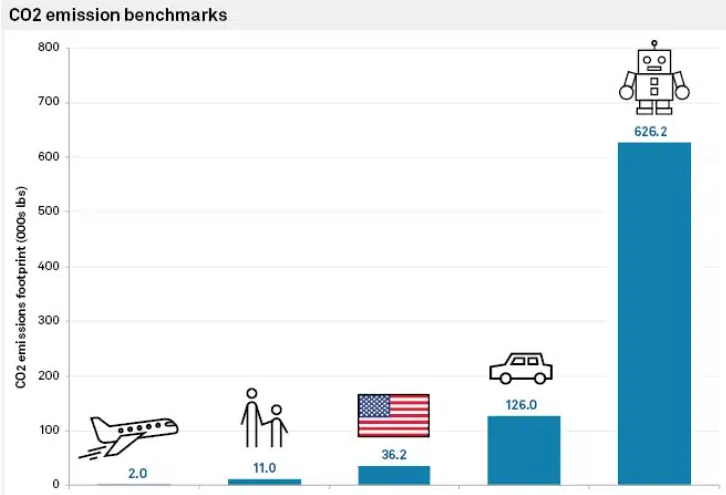
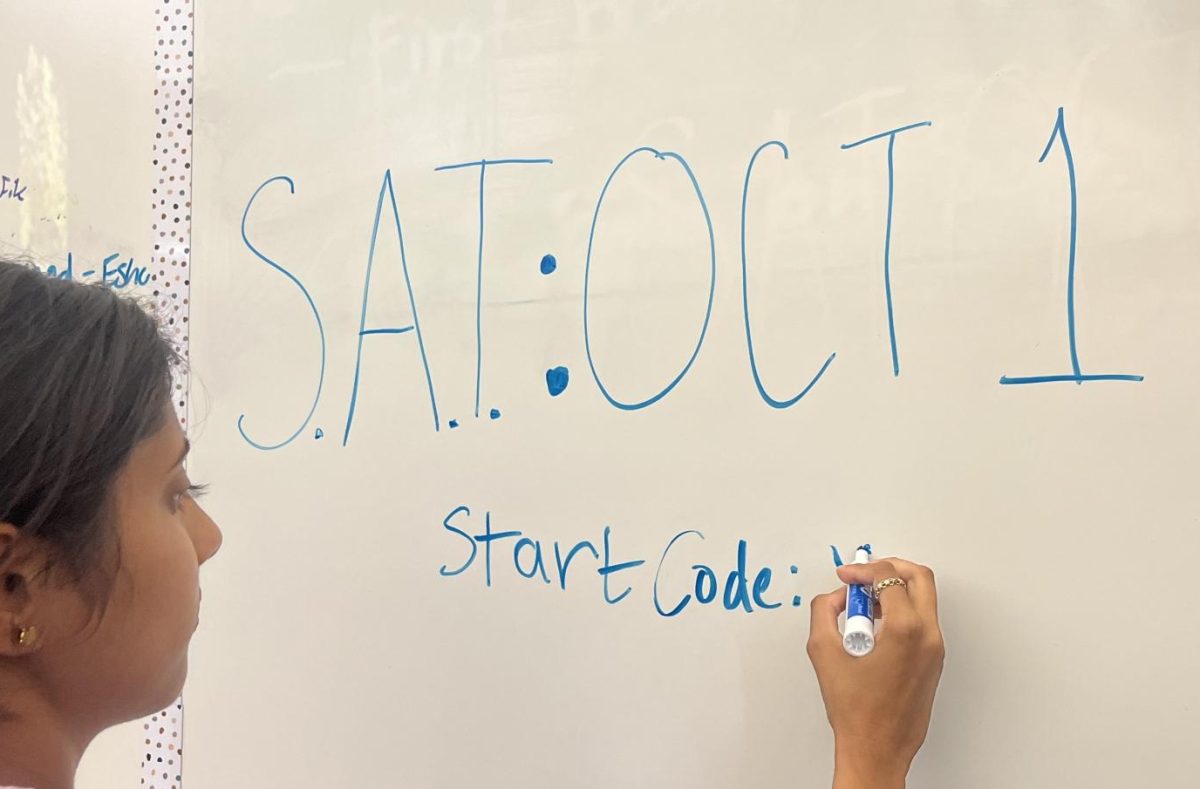
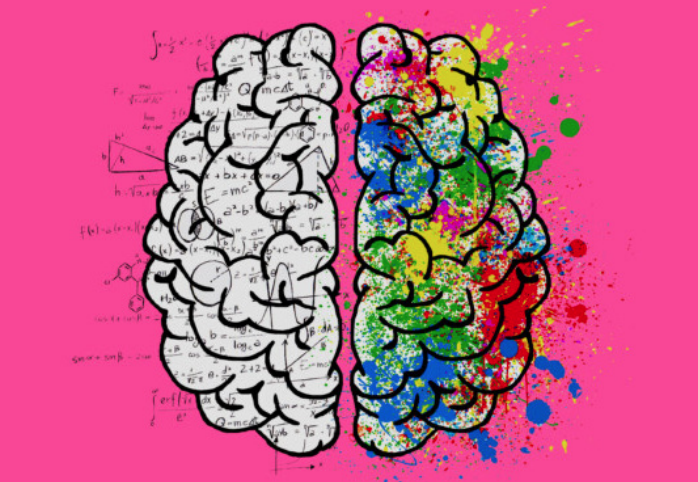

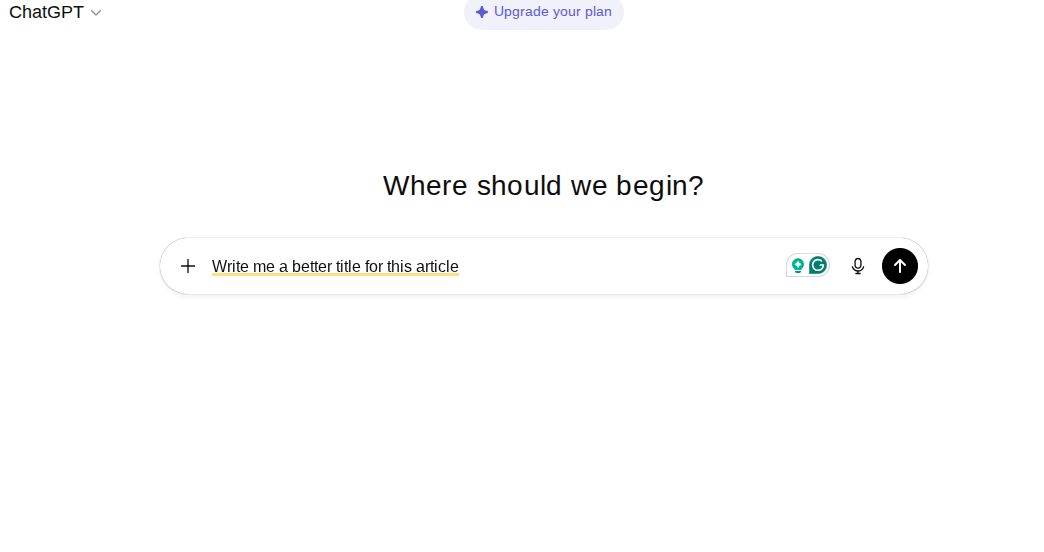
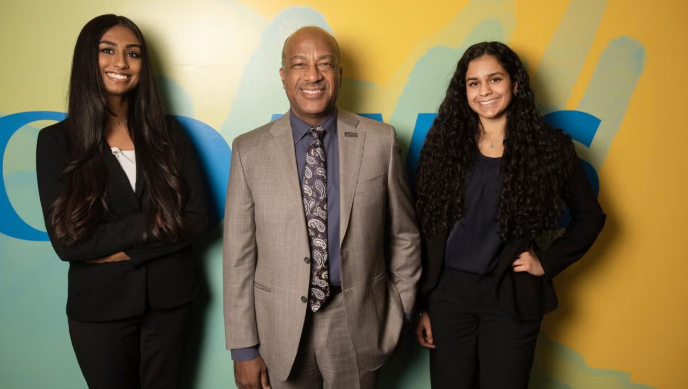
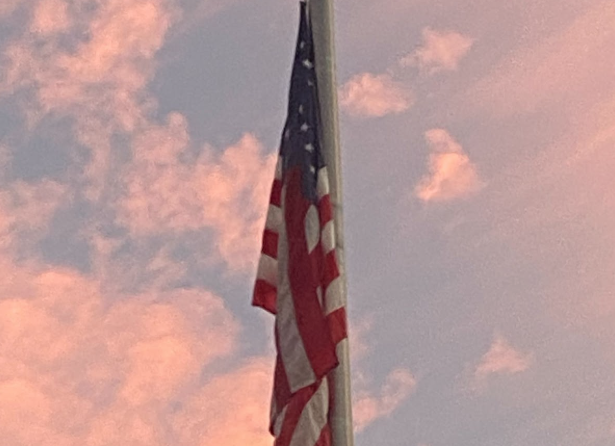
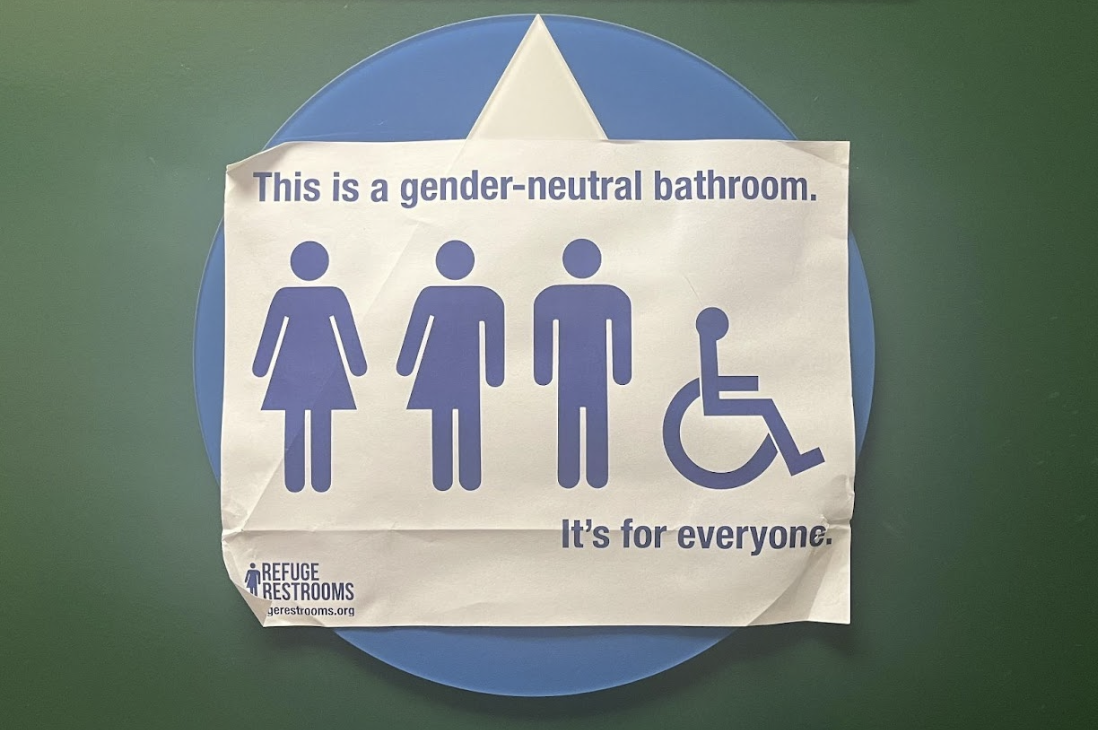

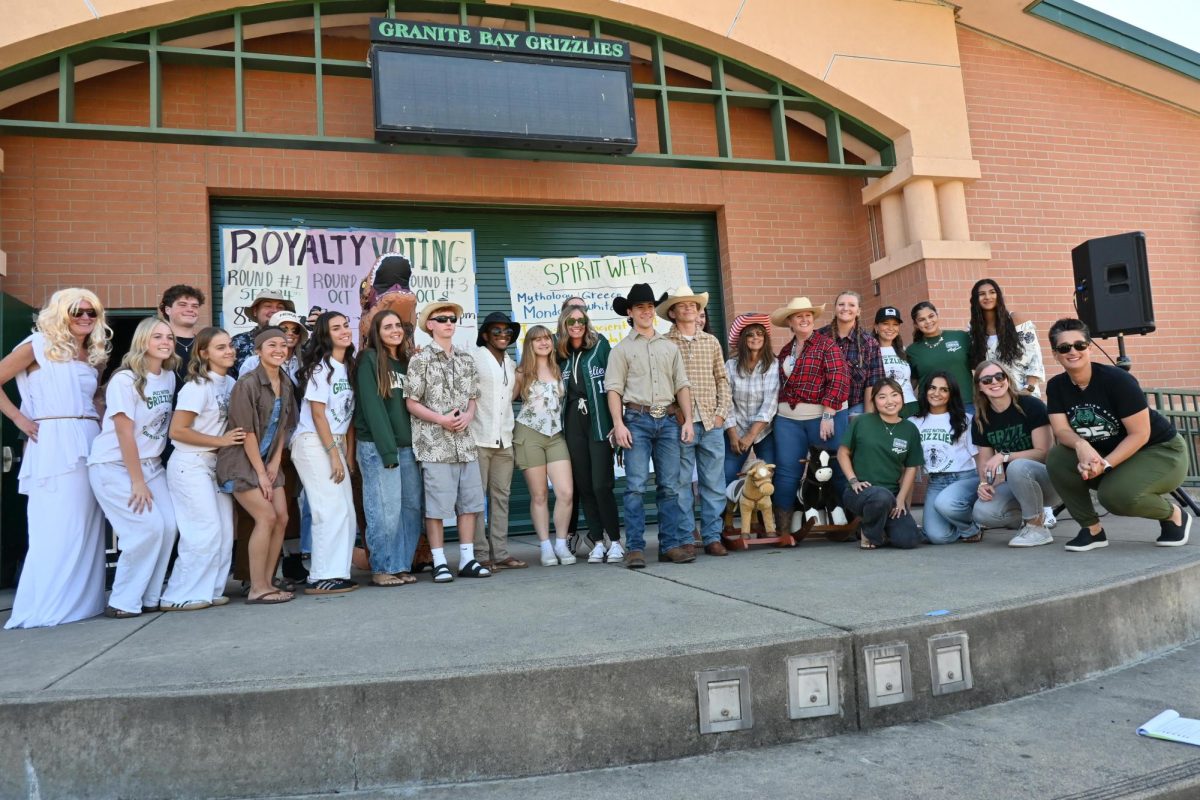
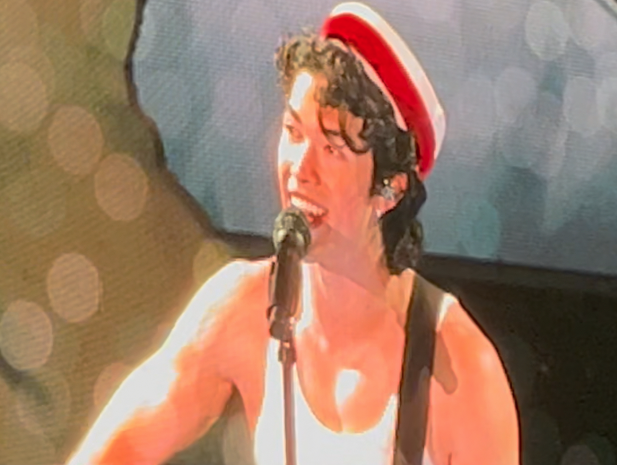


Daniel • Aug 26, 2025 at 9:47 am
I thought the article was very interesting and liked how you described how it could easily be integrated into school and how you used quotes to show that VR leads to better memory performance in students,but maybe next time don’t use AI for the title photo because she has 6 fingers on one hand and 3 on the other 😛
Anonymous • Mar 4, 2025 at 8:45 am
Amazing article Liam! Outstanding read…
Ryland • Jan 29, 2025 at 6:47 pm
Awesome!
Jean Workman • Jan 29, 2025 at 4:29 pm
Liam’s article is extremely interesting. As a retired social studies teacher, I wish I would have been able to use this tool with my middle school students. They would have loved traveling the world!
Margy Bloom • Jan 29, 2025 at 4:03 pm
Thanks, Liam! I learned a lot from your article.
Shirley Baltau • Jan 29, 2025 at 3:40 pm
Great article, Liam! Very thought provoking analysis is included!
Anjali • Jan 29, 2025 at 3:19 pm
Great article highlighting the potential benefits of incorporating VR in the classroom for enhanced learning experiences.
Lisa Riddle • Jan 29, 2025 at 3:17 pm
Great job Liam! Terrific article!